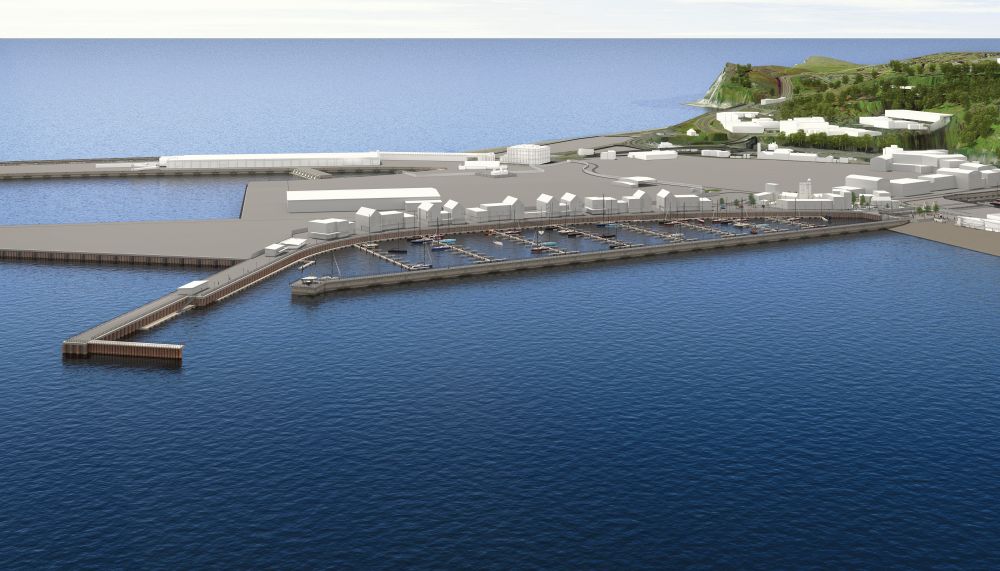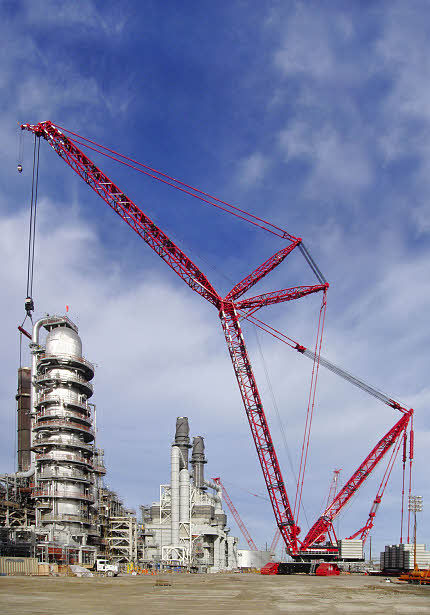
HBPW is set to engage the services of the world’s tallest crawler crane after one of the biggest lifting challenges in the UK presented itself to engineers!
The £130m Dover Western Docks Revival (DWDR) scheme will see the transformation of the water front with a new marina pier and curve designed to attract shops, bars, cafes and restaurants to the shadow of the town’s unique harbour, cliffs and castle backdrop.
But, before this can be achieved, hundreds of massive tubular piles, each weighing 43.5 tonnes and measuring 1829mm, or six feet in diameter, and destined to form a foundation for the ambitious plan, need to be delivered to site, via a seagoing coaster, and landed. They will subsequently be driven into the riverbed.
Paul Withers takes up the story. “Large marine retaining walls and quays are to be built as part of the DWDR, and Graham Construction have done a series of feasibility studies, concluding that the best place to offload the steel piles, that will support the structure, is at the existing North Pier extension, built in 1975.“However, this has presented another conundrum, how best to unload them because, at 43.5 tonnes each, they are absolutely huge!”
Engineers have now decided to engage the services of the Liebherr LR 1300W, the world’s largest crawler crane, which is expected to roll onto site later this year.
“In solving one problem,” added Paul “we have created another because the existing north pier is not strong enough to support the monster crane! In addition we will have to lower the sea bed by creating a dredge pocket so that the seagoing coaster is able to berth. However, the dredge pocket will also undermine the existing quay structure. It has been a complete domino effect!”
HBPW has now designed engineering works that will make landing of the huge steel piles possible.

The world’s tallest crawler crane!
“We have designed a new concrete deck to sit on top of the existing deck in order to create additional strength. Additional sheet piles will also be placed in front of the old quay to mitigate the effect of the dredge pocket, making it possible for the piles to be landed safely and effectively.”
The entire process is expected to take three to four months. “This must be the longest unload in Dover’s history,” said Paul!
Overall Dover Port handles up to 160km of freight in a single day as well as large amounts of tourist traffic through its six ferry berths, multiple assembly parks and custom built infrastructure. The Eastern Docks also accommodates busy general cargo activities whilst the Western Docks accommodates Dover Cruise Terminal, the second busiest cruise port in the UK, and the Marina, all of which is surrounded by historic breakwaters.
